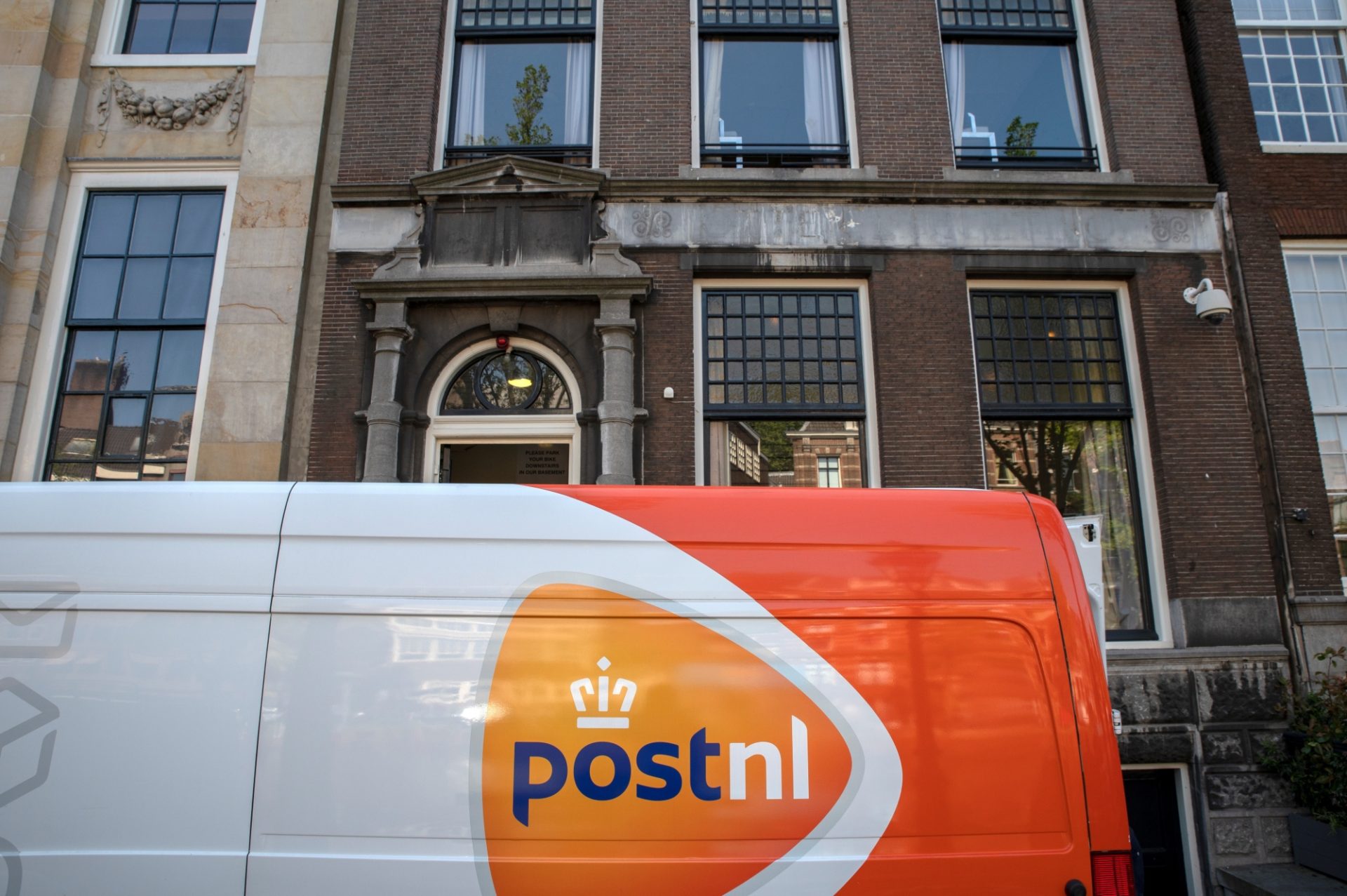PostNL’s APLs first emerged as a pilot project in 2015, though it was during the last annual contract review with our longtime customer that we both acknowledged the strategic business value of expanding the network. At a time when workdays are back in the office and ecommerce – and thus parcel volume – is booming, PostNL wants to offer consumers multiple delivery and sending options. And whether a parcel is transported by PostNL or a third party, the company wants to optimize consumer experience and, in doing so, defend its top spot on the logistics market.
To meet these objectives, Schuberg Philis embarked on an outcome-based model of working with PostNL. “This means that both companies are jointly defining the future for the APL expansion project’s platform as well as jointly refining and delivering its business features,” says Wolf Marcuse, Customer Director at Schuberg Philis.
Platform thinking
Initiating this project in February 2022, our PostNL customer team was eager to put their platform thinking into action and bring innovation to the logistics market. Our solution revolved around creating a platform that could foremost connect all of PostNL’s existing and future APLs in a single network. In addition, the operator platform needed to be able to process parcels handled by third-party carriers and an indefinite number of senders, such as online stores and e-retailers.
We built the platform using a serverless AWS cloud solution along with Amazon Kinesis to stream events and Amazon Aurora for databasing. This allows us to leverage AWS’s responsibility for managing underlying hardware and operating systems, while affording us the time and concentration for continuous development of mission-critical software and cloud-native resource management. The platform is fully automated and designed so both companies’ DevOps engineers, working together in a single team, can maintain control over it. Integral to that control are incident management capabilities, including disaster recovery and monitoring with high requirements for RPO and RTO.
Open to third parties and their data, the APL platform meets high, multi-layer security standards. The APL platform is benchmarked against Schuberg Philis digital trust baseline security and compliance requirements for all PostNL applications as well as CIS Benchmarks. Besides safeguarding infrastructure, we made it a priority to use secure software development, protecting the coding itself from being exploited.
Continued business benefits
With the APL platform up and running as of mid-May 2023, we anticipate continued business benefits. The APLs alleviate carriers from making multiple trips to attempt to deliver a single parcel and, for that matter, shorten their journey times as a single locker stop replaces multiple home or retail stops. This more efficient and therefore more cost-effective solution allows PostNL to defend its position as being both the strongest carrier in logistics’ last mile delivery and the carrier with the largest network of retail points on the Dutch market. The automated nature of the APLs is all the more pressing since PostNL is reconsidering its staffed retail point strategy ahead of a national law banning tobacco sales at grocery stores, which will diminish the need for grocery counters overseeing tobacco and parcel-related transactions.
Opening up its platform to multiple carriers and parcel senders dovetails with PostNL’s commitment to incorporating more sustainable operational practices. Having a single locker for multiple parcel carriers enhances logistical efficiency, which can ultimately reduce collective carbon emissions. It also consolidates lockers into one public area rather than spreading units from multiple carriers over already limited real estate. In sum, by focusing on customer experience and community involvement, the APL expansion project is helping PostNL live up to its epithet of “Your favourite deliverer.”
Future plans for the APL expansion project include platform aftercare, such as technical application management and code application management. We foresee implementation of more business features, such as analytics, insights, and an extended billing functionality. The greater incorporation of online stores and e-retailers will let more consumers choose to use the APLs, thereby increasing their usage overall. For the Dutch retail rush spanning Black Friday through New Year’s, the platform can easily be scaled up.
Our outcome-based model
The APL expansion’s success so far has been supported by the outcome-based pricing model that we agreed on with PostNL for this project. Unlike in a classic time and materials model, by together defining business features and identifying risks and rewards, we share an even greater drive to have the platform up and running. Enjoying this kind of co-ownership as a supplier further incentivizes our engineers to understand how the IT is expected to actually generate value for the customer. Lead Schuberg Philis engineer on the project Auke van Leeuwen explains: “I want to know not just the what but also the why behind the work our team is tasked with.”
Working this way is part of our commitment to respond not merely to IT questions, but to the business challenges that underpin them. An outcome-based approach, moreover, makes sense considering our intimate relationship with PostNL. Our partnership began in 2017, growing to command the attention of our largest customer team. Collaboration spans multiple business units and landing zones, with recent projects including running mission-critical applications from data warehousing and integrating solutions for consumer services. In a broader context, we are facilitating PostNL’s evolution to become a true tech company and fundamentally prepare their business for the future.
Schuberg Philis and PostNL remain committed to the APL expansion project while seeing it as one gear in the whole system of fulfilling PostNL’s self-engineering ambitions. Having led the APL expansion project’s design and build phases, we now want to enable PostNL to handle the run phase themselves. To this end, we’ll hold knowledge-exchange sessions, so that our expertise in mission-critical IT can be shared and merged into PostNL’s own DNA. These steps reflect our for-you-with-you-by-you methodology, which entails kickstarting a project for a customer, working closely together with their team in its implementation, and ultimately enabling their own organization to embrace self-sufficiency. For PostNL, this has meant expanding their automated out-of-home delivery network of the future while harnessing the potential of its business outcomes today.



